Unleashing bold new dimensions of tone with a simple dual amp MIDI rig
Connecting two amps to one MIDI controller facilitates unmatched tonal control and stereo dynamics for guitarists, bassists and producers.
Let’s explore how to wire, configure and blend a killer multi-amp MIDI sound machine.
Can I Hook Up Two Amps To One MIDI Controller?
Yes, you can connect two amps or even bass amps to one MIDI keyboard, box or pedal controller as long as it has multiple, discrete MIDI outputs.
We’ll explore in depth below how to leverage MIDI for dual amp tones.
Why You Might Want to Connect Two Amps
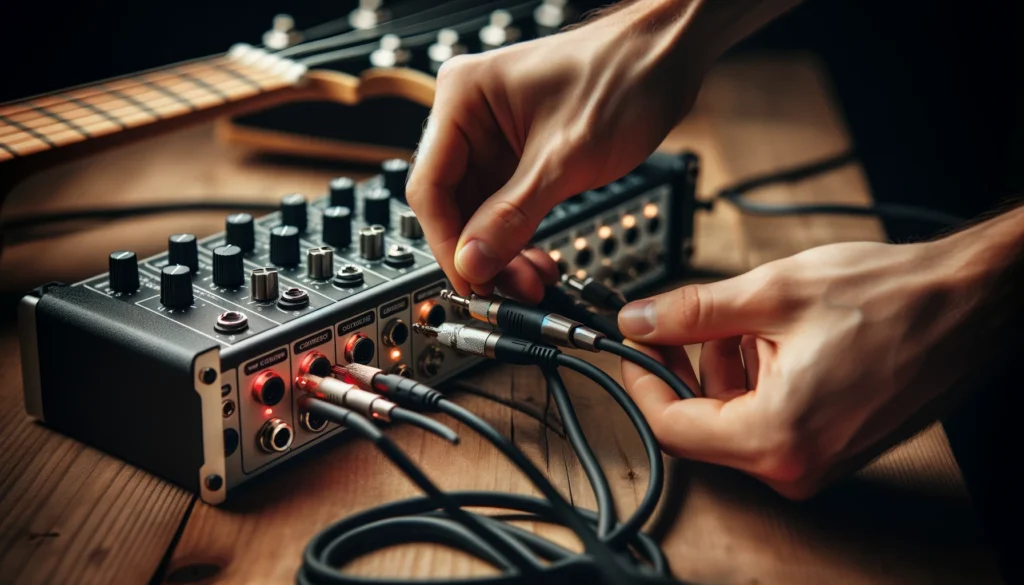
You may wonder why someone would want to connect two guitar amps or bass amps to a single MIDI controller.
There are several great reasons to utilize a dual amp setup with a MIDI controller.
The most obvious benefit is getting a bigger, more powerful and more flexible stereo sound.
By running two separate amps, each powering different speakers, you can achieve a wider soundstage and greater sonic impact than a single amp can provide.
This allows your sound to have greater presence, especially in a live performance setting.
Another major reason is to be able to switch between or blend two different amp tones, such as a clean tone and high-gain distorted tone.
Many MIDI controllers have multiple MIDI outputs, so these can be connected easily to two separate amps.
This allows you to instantly switch tones or even blend the characteristics of two amps to create unique hybrid tones.
Beyond just tone-switching, using two amps also facilitates separating sounds for different instruments.
For example, you could dedicate one amp to guitar and the other to a synth sound from your MIDI controller.
The stereo separation helps distinguish the different instruments’ sounds.
Finally, by spreading your sound across a wider area with two amps, you are increasing your overall stage volume.
This helps ensure consistent coverage for larger venues and rooms.
What You’ll Need
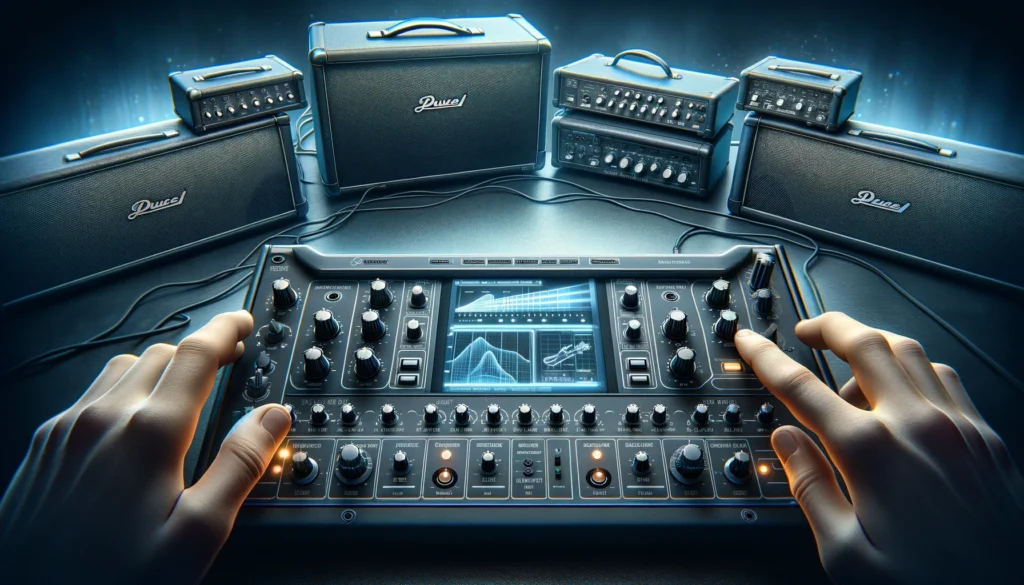
In order to connect two guitar amps or other types of amps to a single MIDI controller, there is some basic gear that you need to have on hand.
The first requirement is having a MIDI controller that offers at least two discrete MIDI outputs.
Many advanced digital pianos, keyboards and MIDI foot controllers provide this, allowing you to transmit MIDI data from the controller on two separate MIDI cables at the same time.
You will, of course, need two separate guitar or other types of amps to connect to.
It doesn’t matter if they are the same exact amp model and speakers or different amps.
In addition to the controller and the two amps, you’ll need two standard instrument cables, whether TS or TRS, to go between your controller’s MIDI outputs into each amp’s MIDI input.
The amps must be equipped with either a 5-pin DIN MIDI input or a MIDI over USB connection.
If you want to achieve a proper right/left stereo separation of the two amp sounds, a dedicated stereo MIDI splitter box can also be useful for splitting and routing the MIDI signals.
These affordable boxes take your controller’s single MIDI out and duplicate the signal into two identical outs for driving your two amps.
Wiring It Up

The basic wiring setup for connecting two amps to a MIDI controller is not overly complex.
You start off by running your first instrument cable from the first MIDI out of your controller into the MIDI in of your main or left amp.
Then you connect your second cable from the second MIDI out on your controller to the MIDI in on your second amp, which will typically serve as the right/secondary amp for stereo effects.
This allows both amps to be independently fed the same MIDI data from your controller but keep their sounds separated.
If your controller only has one MIDI out but you still want to run two amps in a dual setup, a stereo MIDI splitter is necessary.
The single MIDI out would connect from the controller into the splitter using one instrument cable.
Then two other cables would route from the splitter’s dual outs into each amp.
The splitter divides and sends duplicate MIDI data out both that both amps can utilize.
Once everything is wired up properly, make sure both amps are powered on and set to appropriate channels/settings to receive the MIDI.
If they have USB MIDI inputs, make sure they are connected and recognized as well.
Configuring Your Controller
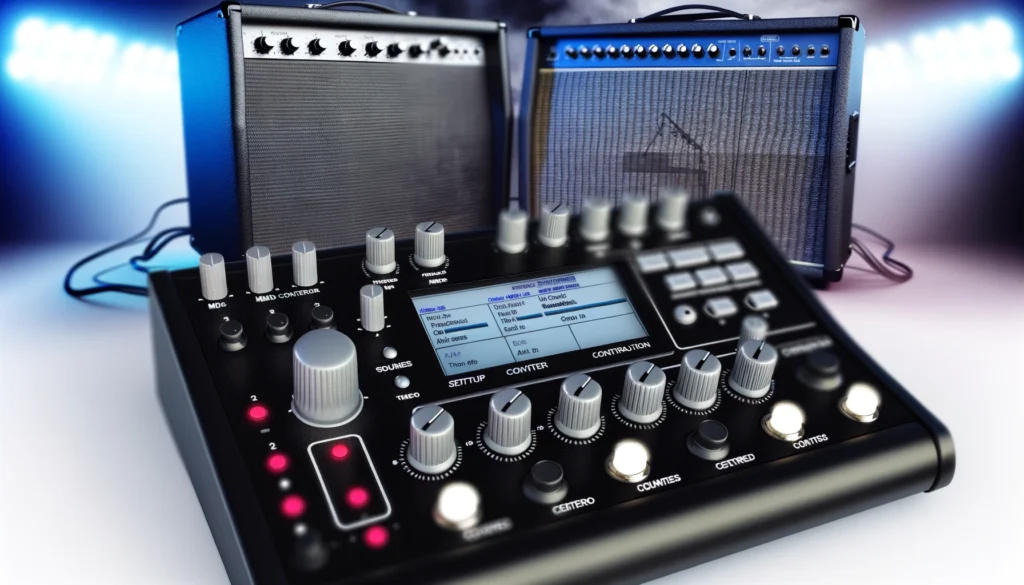
One important step once you have the physical MIDI connections set up with your two amps is to configure the controller’s MIDI output settings.
The controller needs to have the ability to assign its different MIDI channels and data routing to each of its available MIDI outputs separately.
Check your controller’s operating manual to see how to access its MIDI send settings.
You should be able to assign your instruments, sounds or MIDI channels to transmit specifically from only one MIDI out or the other.
For many keyboard controllers, MIDI channel 1 is set up by default to transmit on MIDI out 1 and channel 2 is routed automatically to MIDI out 2.
But these settings can usually by customized as needed.
Proper MIDI channel and data routing ensures all of your instruments and tracks end up coming out the right amp with the correct effects and separation.
You want your lead sounds in one amp and your backing tracks in the other, for example.
The controller’s custom MIDI routing capabilities makes achieving signal separation simple.
Potential Issues and Solutions
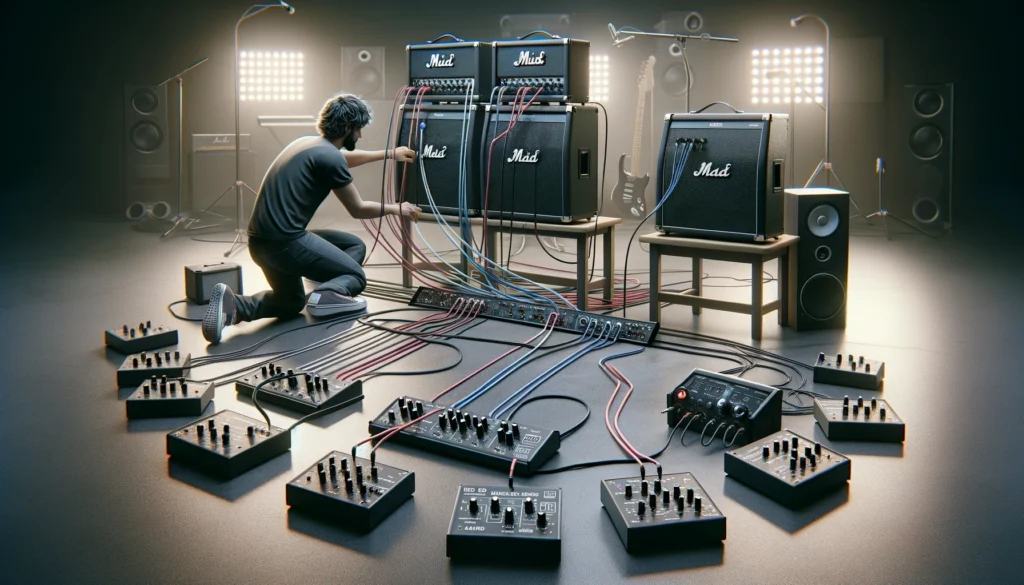
When integrating dual amps with one MIDI controller, there are a few common problems that may occur, along with useful solutions to overcome them.
One issue stems from placing two amps too close together physically.
This can result in phase cancellation, where the low end becomes thin or hollow sounding because the waves from each amp are cancelling each other out.
If this occurs, separate the two amps in the room so their sounds can develop and propagate freely without interference at the low frequencies.
Distributing their placement also helps foster a better stereo image.
Slight signal delays or echoes between the two amps is another issue that occasionally crops up in MIDI-to-dual amp rigs.
This can sometimes happen if different length cables are used or if MIDI splitter boxes introduce very minor latency for one path.
Using a purpose-built stereo splitter box helps mitigate this by ensuring precise simultaneous data mirroring along identical cable lengths.
Old MIDI interfaces sometimes lack tight timing resolution as well.
If small delays persist, slightly adjusting amp volumes and EQ to accommodate can compensate until better MIDI-to-amp interfaces are utilized.
For more complex setups with lots of layered instruments and effects switching across multiple amp channels, occasionally the MIDI capabilities can be taxed.
There may not be enough assignable MIDI channels or controllers available on older MIDI interfaces and amps to manipulate every parameter independently.
One workaround is to use a dedicated MIDI patch bay.
These units allow you to multiply, divide, copy and route multiple MIDI signals as needed provide adequate independent control of both amps from your controller.
Mixing Your Dual Amp Sound
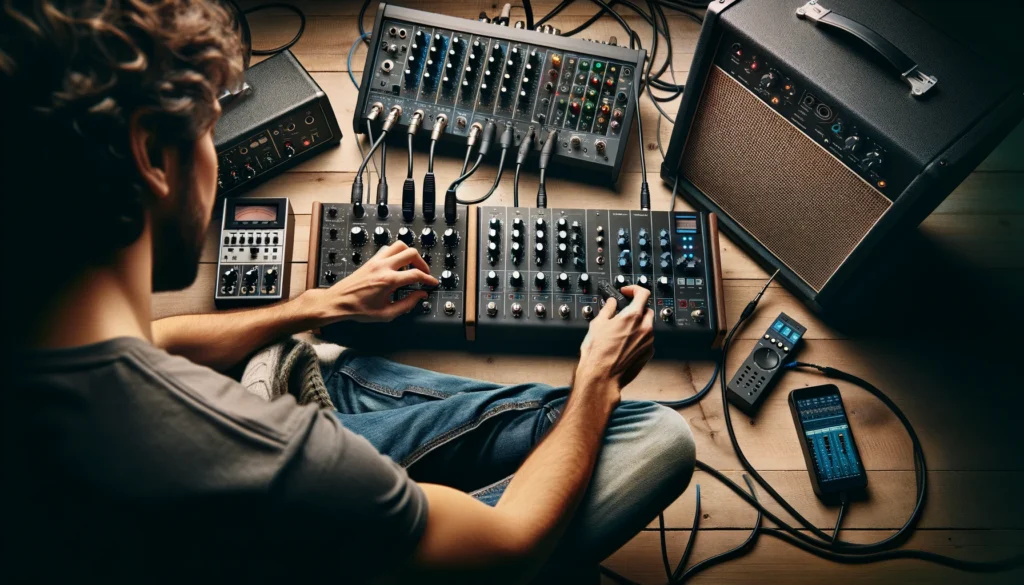
Once you have everything wired, tuned up and sounding properly, the fun part begins – mixing and tweaking the sound! The possibilities open up vastly when you have two amps to utilize rather than a single amp tone.
One of the first things to do is pan or position instruments, loops or tracks in your controller’s mixer view to take advantage of both amps.
Send some parts to the left amp and other tracks to the right amp for genuine left-right stereo imaging.
EQ-ing each amp differently, such as slightly more treble on one and more bass on the other, makes for lively sonic interest.
This also helps distinguish which parts are coming from amp 1 versus amp 2 by virtue of their tonal characteristics.
Of course layering both clean and distorted patches across the dual amps takes things to another level, with switching between them on the fly via MIDI during performance a bonus.
Don’t neglect dialing in effects separately on each amp either, if possible.
Again this expands the possibilities exponentially.
Perhaps you want delays on one amp and reverb on the other.
Chorus on the left and flanger on the right? With amp modeling in many newer digital amps, even emulations of different speaker cabinets on each amp makes things remarkably configurable.
Many creative options open up with robust MIDI control beyond a single amp tone.
But remember – with the power of two amps comes responsibility! Balance levels judiciously in your mixer view on the controller and listen to the combined sound from the audience position.
Blend properly, and your dual amp tones impart incredible power yet clarity at the same time. Brace for impact!
Conclusion
Connecting two guitar or bass amps to one MIDI controller unlocks game-changing tonal flexibility.
With the ability to blend characteristics of multiple amps, switch instantly between patches, and expand your stereo image, the creative possibilities are endless.
As long as you have the necessary outputs on your controller, utilize proper cabling, configure MIDI channels thoughtfully, and mix the dual amp sound wisely, you can take your music to the next level using this setup.
